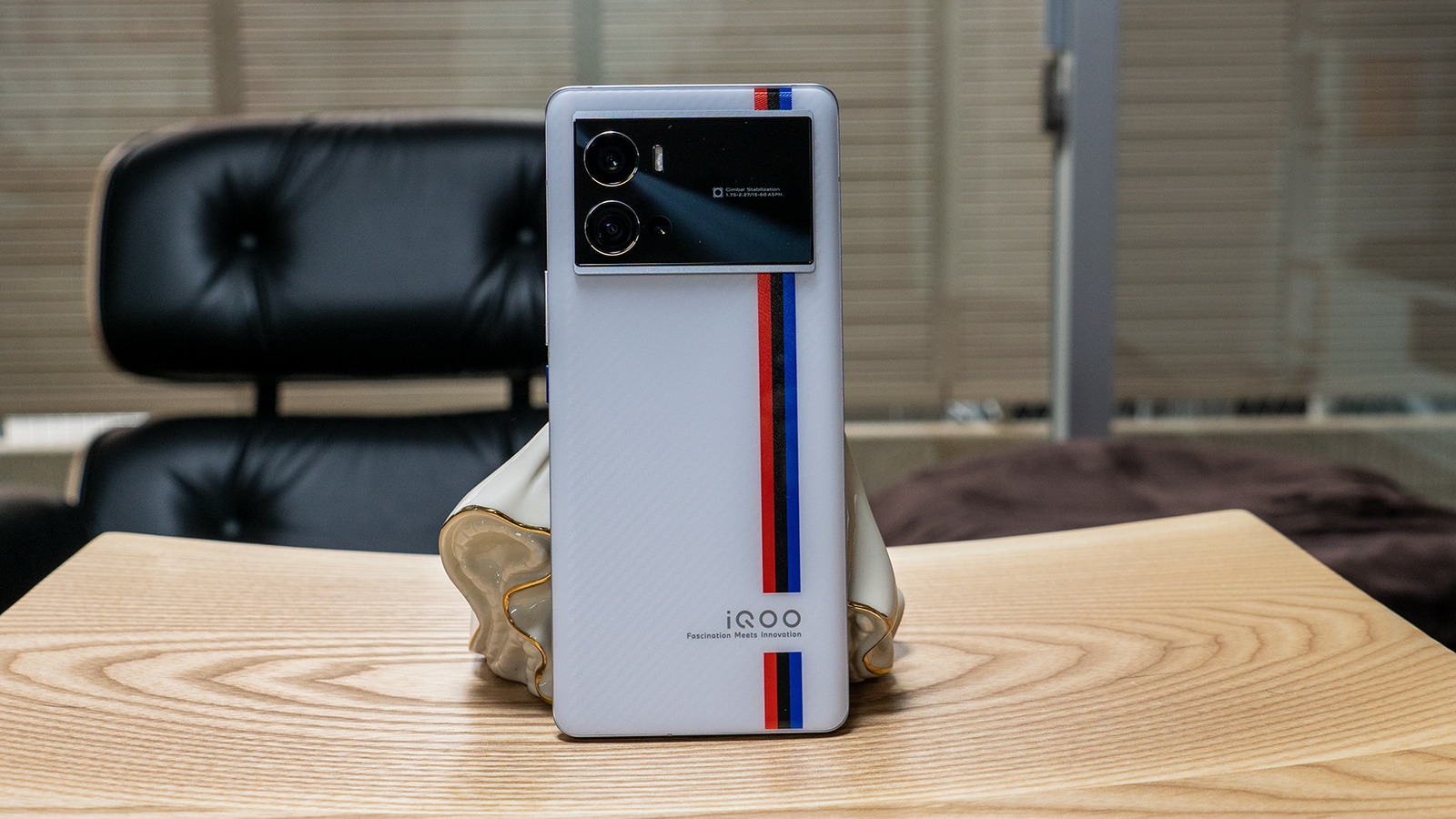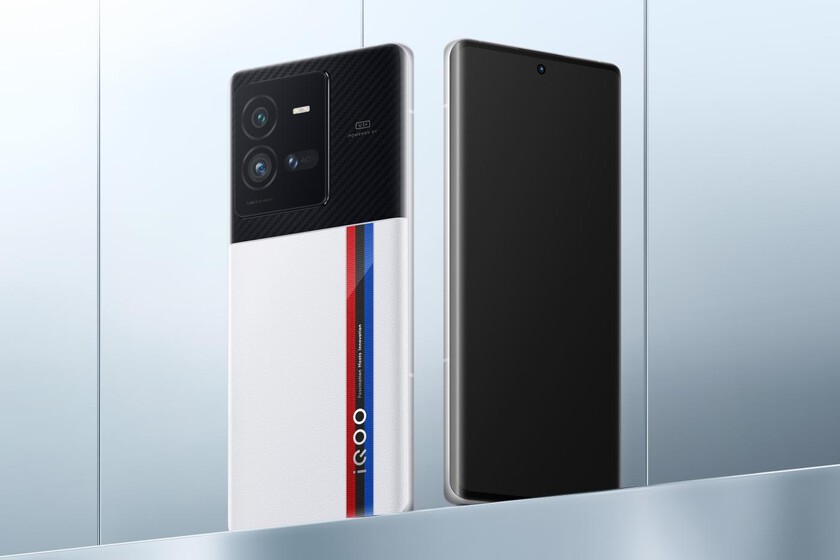
Best Smartphone iQOO 10 Pro Brief Review:
iQOO has successfully buried its gaming-phone roots after three years. As promised Vivo iQOO was launched on August 8, Vivo iQOO on January 9 and iQOO 10 in July. It is important not to wait too long between generations. The Vivo iQOO 10 Pro boasts a faster 8+ Gen 1 CPU, 200W charging, 3x dual optical zoom, and a higher price than the 9 Pro.
Both the 9 Pro and 10 Pro were good options in their pricing groups when they were released. iQOO is fetching high prices as the series is popular. It has become a flagship series like Vivo.
After two weeks of use, I can confirm. That the upgraded Pro model has no significant differences from the 9 Pro on paper. Although the phone has made several improvements over its predecessors. Even before I used it, the 9 Pro’s 120W charging speed surprised me. As a user, I can’t say whether 200W fast charging is effective. We will discuss later.
iQOO 10 Pro Design:
The new look is nice. The 9 Pro’s replacement looks similar. The BMW M-branded Legend Edition keeps the black-and-white cutaway and bright band. The top cover is black glass with a carbon-fiber pattern. And the bottom is an eco-leather-like fabric. It is heavy and well made.
The triple-camera system is like the iPhone 9 Pro. The main camera has 50 megapixels with micro-gimbal stabilization. The wide-angle camera has 50 megapixels and optical image stabilization. The iQOO also uses Vivo’s V1+ imaging and display chip for the first time. Its noise-canceling chip inserts MEMC frames in real-time, making. It excellent for low-light conditions. Compared to models without an image chip, it did not provide significant improvements.
iQOO 10 Pro Display:
On the front of the device is a 2K, 120hz Samsung AMOLED E5 screen. Edge-curved screens no longer interest me. You’ll be able to hold the phone better, but you’ll only be able to see half of the screen. It makes the phone look bigger, but it doesn’t make the bezels smaller.
Nice screen. At 2K resolution, the screen is clear and bright, but 1080P isn’t as good as other screens.
This issue affects how the game looks because frame interpolation requires 1080p. Increasing the rate to 120 fps makes the graphics look blurry and slows down the screen. If you choose 90Hz to save power, your gaming experience will be worse.
Note that the screen flickers when the brightness is low. If you can’t stand flicker, don’t watch in low light. You can turn on “DC-like dimming” in developer settings. This shows that consumers have to tolerate more background noise and distorted colors. I just identified the problem. Other top-of-the-line phone screens have the same problem.

Performance:
The Snapdragon 888 and 8Gen1 embedded CPUs in the IQoo Digital series have been taken out of service. Don’t worry about how well it works.
Genshin Impact ran an average of 58.6 frames per second on the phone. With the highest visual settings and a temperature. Of 25 degrees Celsius (although this varied slightly). It controls power and temperature better than the 9 Pro on the 8 Gen 1. After setting the optimal power usage for frame interpolation. the measured rate in-game went up to 45 fps, but the gameplay frame rate went up to 90 fps.
It is noticeable that the surface temperature of the phone has decreased. Touch sensitivity is reduced, and the resulting photos are not as clear as the originals
Camera:
The X series has boosted Vivo’s camera reputation. Vivo iQOO 10 Pro features V1+ image chipset and micro-gimbal stabilization. Both cameras are holdovers from the 9 Pro, with the main camera aperture reduced from F1.9 to F1.88.
It’s unclear how the V1+ chip helps with daylight photos. Though they have great clarity and contrast and can be turned into HDR. There is no delay in viewfinder imaging.
Micro-gimbal stabilization is better than smartphone OIS solutions. Visible camera movement. While taking videos or stills, the slightest movement of our non-dominant hand. was not reflected in the viewfinder. The main camera is great, but not the wide-angle one. 50MP resolution sample gives amazing detail. It can be converted into a long lens with a wide field of view.
Night photography is when micro-gimbals excel. Fixes the night picture. The phone can surprise even in low light. Wide-angle photos were brighter when zoomed in, revealing blurry and speckled specimens
Telephoto lens:
I mostly use the 3x optical lens. In well-lit conditions, it records action with little to no blur or oversharpening. And its color palette is close to that of a prime lens.
In 3x night mode, the wide-angle lens was used instead of the telephoto. I usually shoot in night mode to avoid using the 3x telephoto. It is much better than the original. OIS helps maintain image stabilization even with long exposure times.
Video:
The 10 Pro’s triple camera can capture 4K video at 60 fps, a first for a high-end smartphone. At 1080p 30 fps, the iPhone can achieve even more brightness, making it perfect for nighttime use. The V1+ chip reduces noise when filming 1080P, but only at 30 fps.
Charging the battery:
It has a built-in 4700 mAh Li-Po battery. 200W fast charging is the phone’s biggest improvement. The screen-off test charge lasted 10 minutes. To revive it, have a small breakfast. Even with the screen on, charging takes 17 minutes. Check its battery life here.
The sound quality also surprised me. Put on some headphones and listen. This phone does not have a headphone jack.
Conclusion:
The 10 Pro has a 3D ultrasonic fingerprint reader. I have no doubt that the Vivo iQOO 10 Pro will add to the success. Of the series as it combines powerful performance and a great camera. Paper promises not fulfilled. The 10 Pro’s V1+ chip didn’t do us much good.


